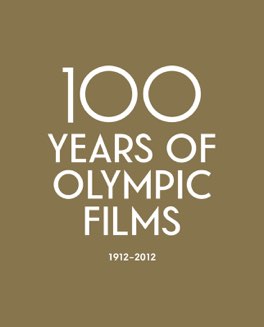LEE KWANG-SOO, IM KWON-TAEK, LEE JI-WON
Seoul 1988
Just like that, my theory about the limitations of by the Bud Greenspan era of Olympic films is put to the test. Right after Calgary ’88 we get three films, none of which were directed or produced by Greenspan. None of them resemble his style in any way.
Immediately the benefits of a varied approach, as well as the drawbacks, become apparent. Of these three films, one is pretty mediocre, one is surprisingly great, and the third is a bit boring but valuable. The important part is that none of the three would exist if all of these films followed the same pattern, and that would be a real shame.
Seoul 1988, the official film from the IOC, is not great. It’s not terrible either, it’s just... ok. It cares a bit too much about the wrong things. It’s sexist. It’s focused way too much on sharing all of the results from every sport. It’s a document attempting to chronicle what happened from a records and dates perspective, but it has no spirit or life to it. It’s robotic and boring.
The second, Hand in Hand, is really great. It’s one of the more interesting films in this series. It takes risks and goes for something. Of particular note is the correlations and patterns that the filmmaker makes between the Korean War and the Olympic Games. It’s pretty unexpected to see shots of fighter planes and bombings in an Olympics documentary. Maybe it shouldn’t work, but it mostly does. This film has a message, and delivers it well.
The third is also interesting, even if I found it a bit boring to actually watch. It’s Beyond All Barriers, and it’s just the opening and closing ceremonies. As the Olympics have progressed, these ceremonies have become more and more elaborate, but so far none of the films have really done them justice. This shows most of the elements of both ceremonies, with a narrator explaining the significance of what is going on. It’s a bit boring, because I find interpretive dance a bit boring, but it’s also super cool that we get to see this stuff at all.
